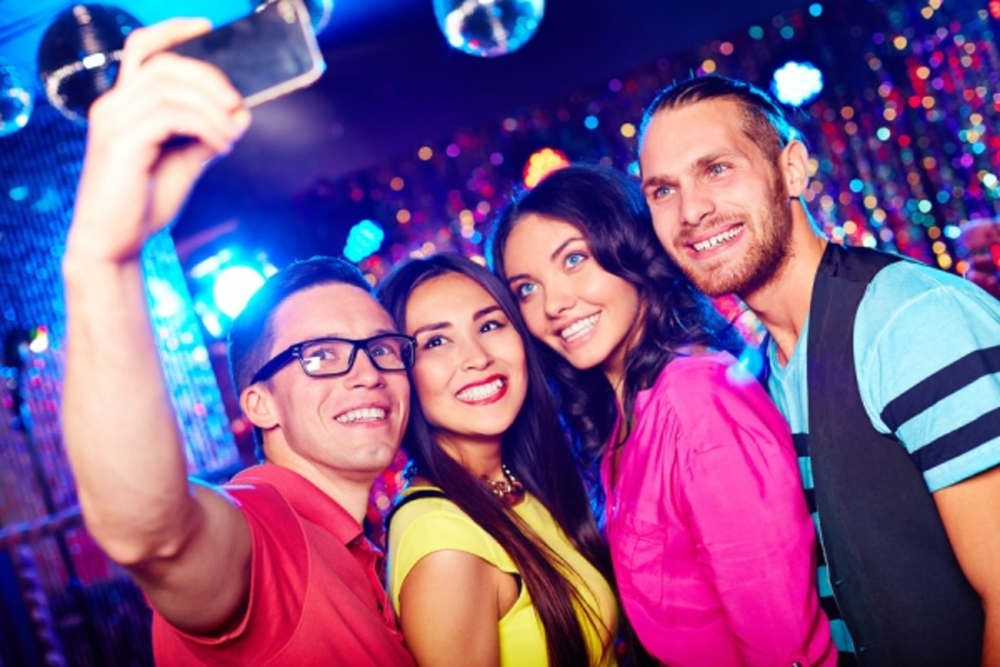Millennials have been dubbed the “selfie generation.” And considering the group’s $1.3 trillion in annual buying power, it’s no surprise that marketers are finding creative ways to tap into the trend.
With a smartphone and the right hashtags, consumers can enter contests, participate in campaigns, and win discounts on goods and services. Axe, Turkish Airlines, and GoPro are a few of the major brands capitalizing on selfies.
But it’s not just for the big guys. The self-employed are finding success in selfies to boost their own ventures.
Take ChocolateSelfie: a mobile app that marries selfies and chocolate. Conceived by entrepreneur Mike Calvo last year, the app allows consumers to print, with edible ink, photographic-quality images onto chocolate products, such as lollipops and chocolate bars.
The selfie strategy is paying dividends for its parent company, ChocolateMemories, LLC. Consumers love the chocolate selfies; they take selfies with their chocolate selfies, and the buzz grows. As a result, ChocolateMemories is now a successful small business.
Small and large companies are playing with the selfie concept in ways that engage customers like never before. If you’re considering leveraging selfies for your organization, there are a few things to consider:
Engage
Today’s young adults don’t just want a good product. They want a brand that they can identify with. In fact, a 2010 study by Havas Media and Euro RSCG, now Havas Worldwide, found that more than 60% of millennials seek out brands that reflect their personality.
So, it’s not enough for businesses to merely tout their products or services. An effective marketing strategy also needs to focus on making customers part of a company’s story.
Brands are responding with campaigns that call for their fans to share their expertise and passions. The Leading Hotels of the World’s #ShareYourCake contest on Instagram, for instance, sought photos of birthday cakes as the company celebrated its 85th anniversary. Bloomingdale’s #BloomieSelfie featured selfies with customers’ beauty and styling tips.
And, don’t forget reposting. Brands like Banana Republic and Old Navy scan social media to repost content from customers who are showing off their style thanks to the retailers’ clothing and accessories.
Inspire
Despite all the selfies, studies find that millennials aren’t just focused on themselves. They’re also motivated to make change in the world.
When a company supports a social or environmental issue, it boosts millennials’ trust and loyalty, as well as their likelihood to purchase a good or service. In fact, a 2013 study shows that half of younger millennials (ages 18 to 24) agree that the brands they use talk about not only who they are, but also what their values are.
Cause-related marketing, often including a selfie, is key to reaching today’s young adults. These campaigns spread the word about a brand. At the same time, consumers can make statements about what’s important to them.
In November, for instance, skincare company Rodan + Fields asked its customers to shoot a makeup-free selfie during #RFGoNaked Day, which also doubled as a fundraiser to help children in need.
On May 10, Toms Shoes marked its annual One Day Without Shoes campaign, donating shoes to 27,435 children in 10 countries. With the hashtag #withoutshoes, customers share pictures of their Toms-clad or bare feet, inspiring consumers to do good and boosting the brand’s profile in the process.
Reward
Of course, everybody—even millennials—likes a little something for free. Contests build engagement and honor loyalty.
Companies can reward customers through contests by offering discounts or freebies when they post a selfie with a product and share why they love it. The #BloomieSelfie campaign, for instance, featured a $1,000 gift card as a prize. #ShareYourCake winners received $500 gift cards at Leading Hotels of the World properties.
But it doesn’t always have to be about cash prizes. The promise of a simple repost is often enough incentive for consumers to snap a photo with their favorite cookie or lipstick.
Make it official
Selfies might be on trend at the moment, but they also can be serious business. The courts have spent months considering the ownership of a photo of Naruto, the monkey who snapped a selfie when a photographer left his camera unattended.
Copyright ownership isn’t the only potential legal complication; suits involving tortious interference, disparagement, defamation, right to publicity, and more have arisen from business social media and selfie use.
Incorporating as a business—even if you’re self-employed and have no employees—is an important step that helps separate your personal assets from those of the business and reduces your personal liability.
While making selfies a cornerstone of your marketing plan can play dividends, business owners shouldn’t go it alone (pardon the pun). Advice from trusted advisors, such as lawyers, accountants, and insurance agents, is critical as you make decisions for the health and future of your business.
About the authors:
As the CMO of Wolters Kluwer’s BizFilings, Jennifer Friedman is responsible for growing revenue through brand, digital and direct marketing. BizFilings is a leader in online incorporation services for small businesses.
Mike Calvo is a Florida-based serial entrepreneur and founder of ChocolateMemories, LLC. Blind since birth and a pioneer for computer technology for the blind, Mike’s other business ventures include Serotek, Online Production Studio, and United Computer Consultant. Mike is also the founder of the Accessibility is a Right Foundation.







